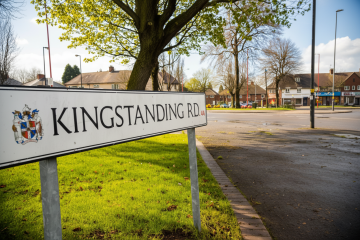Planning applications are rarely the most exciting stage of a project for homeowners or developers. The process can feel slow and opaque, often disconnected from the design itself. Yet the way an architect handles this step can make a measurable difference to how smoothly a project progresses. Over the past year, Lapworth Architects has started submitting planning applications through UK Planning Gateway, a new digital planning platform built to simplify and accelerate how applications are prepared, checked, and tracked. The change has improved both efficiency and client experience.
Traditional submissions often stall because of incomplete forms, missing documents, or inconsistent drawing formats. Each validation query from a local authority can add days or weeks. By contrast, UK Planning Gateway automates much of the checking that planning officers later perform manually. It reviews each application for completeness, verifies Ordnance Survey mapping, and highlights potential inconsistencies before submission. For clients, that means fewer administrative hold-ups and a faster route to registration.
Clearer communication is another advantage of online planning applications. UK Planning Gateway provides a transparent dashboard showing when an application has been validated, published, or opened for consultation. Clients no longer need to wait for email updates from the architect or the council. They can follow progress in real time through one consistent interface. This visibility reduces uncertainty and builds confidence, particularly for clients managing multiple sites or complex projects.
Accuracy has improved too. The platform links directly with Ordnance Survey and HM Land Registry data to ensure every boundary and address reference is correct from the outset. Small mapping errors have historically caused major delays, but automatic data alignment prevents that. For projects in conservation areas or involving listed buildings, the structured submission forms make sure that heritage statements, design access statements, and supporting reports are uploaded in the correct format, ready for assessment.
These efficiencies are mostly invisible to clients, yet the effect is tangible. Projects progress with fewer corrections, less downtime, and reduced consultant costs. Saving time at the validation stage can shorten the overall decision period, especially for householder or minor applications, allowing construction to start sooner.
The wider impact of digital planning systems like UK Planning Gateway is consistency. By standardising how submissions are recorded and reviewed, they help local authorities process applications more fairly and predictably. For practices such as Lapworth Architects, adopting these tools early means offering clients a smoother, more transparent planning experience while maintaining the professional oversight that good design demands.
Technology will not replace the architect’s judgement, but it can enhance it. By taking care of the technical and administrative steps, digital platforms allow architects to focus on what clients value most: intelligent design, clear communication, and confidence that every stage of their project is handled with precision.


